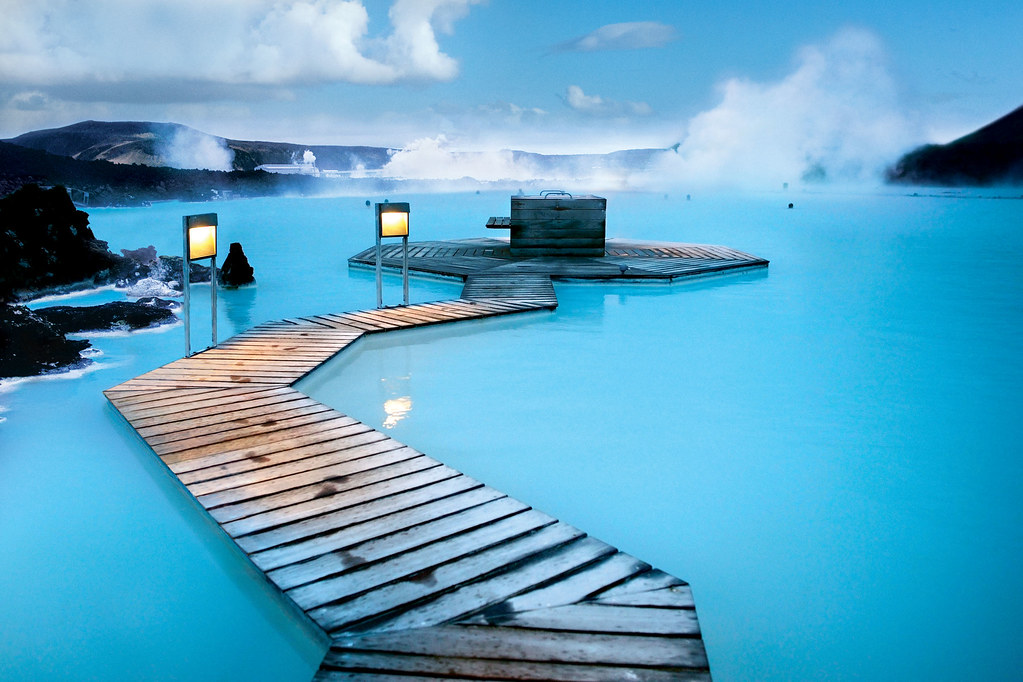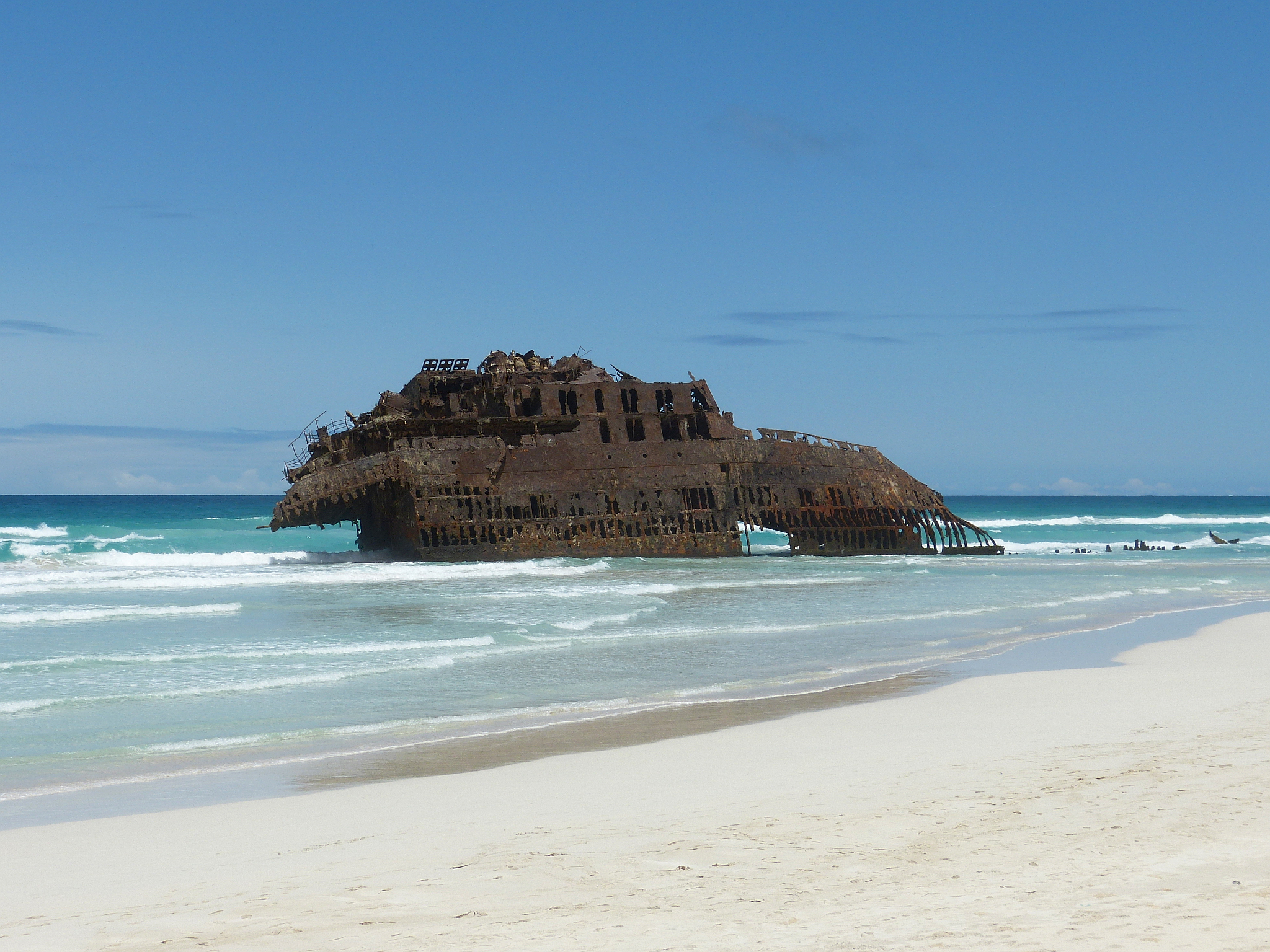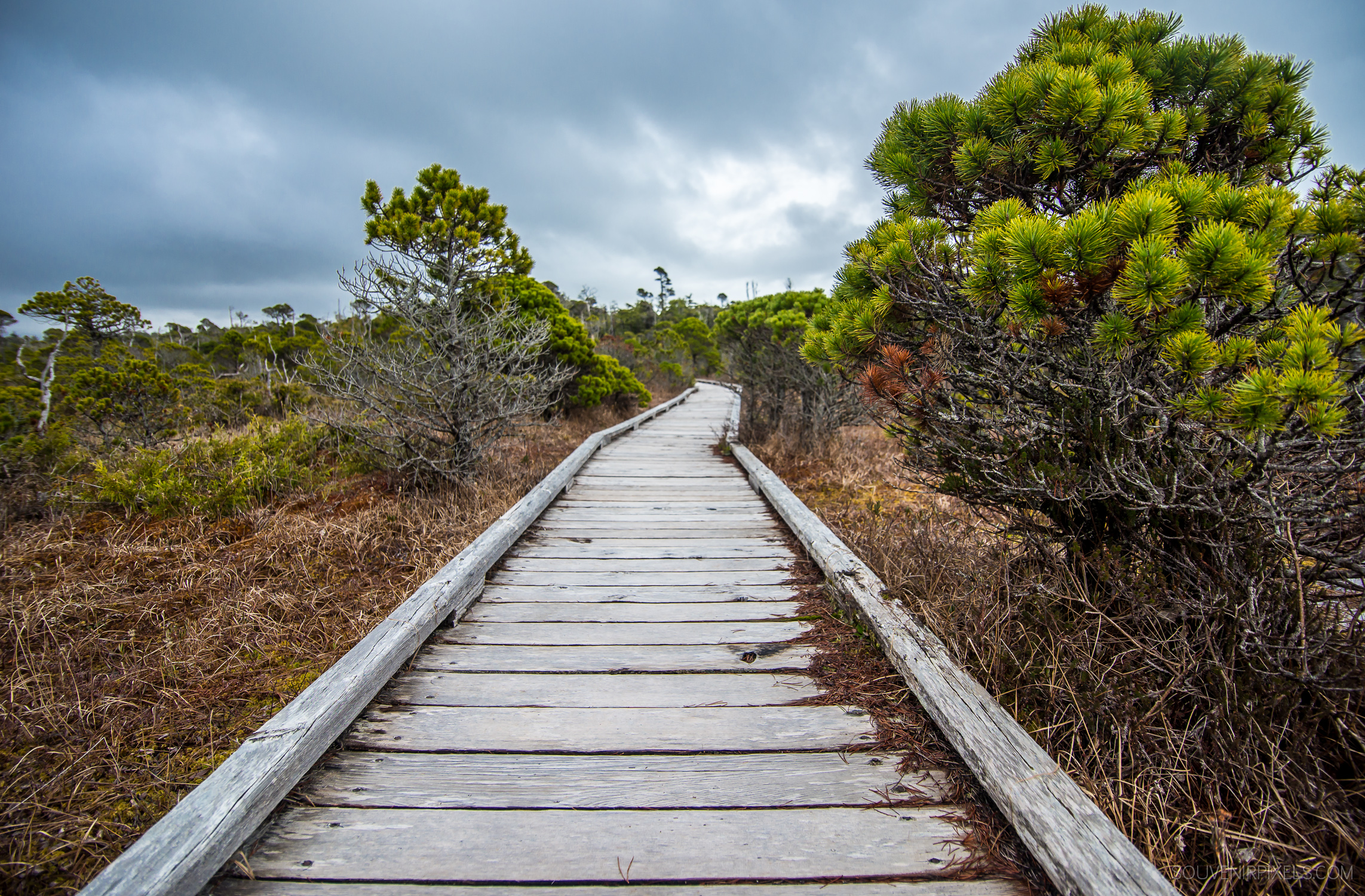1. South Australia
South Australia has been championing sustainable travel for years. They were the first to master the art of off-the-grid accommodation, offering everything from wineries to seaside glamping. It was the first state to ban plastic bags and single-use plastics. And, it’s the highest producer of wind energy in Australia. It’s also the home of the world’s largest lithium-ion battery. Visitors can take their pick from a wide range of eco-friendly tours and pay it forward by participating in one of several conservation projects.
2. Molise
Italians have historically avoided the region too, joking that “Molise non-esiste” (Molise doesn’t exist). But, in the wake of Covid-19, as travellers increasingly look to more unchartered territories, Molise’s reputation is rising. It has all the best of Italy, without the crowds. It’s also at the heart of Italy’s slow food movement, which champions locally produced, seasonal foods. Travellers can take their pick from a whole host of agriturismo (converted farmhouses) to support local businesses. Plus, the Molise Express will open this year.
3. Con Dao – Vietnam
This 16-island archipelago boasts a tropical climate, diverse marine life and sprawling beaches – the perfect getaway. As the islands gain popularity, local authorities have devised a plan for a greener, cleaner sustainable tourism model. The plan includes investment in waste and wastewater treatment and a commitment to engage local workers to boost sustainable tourism services, such as eco-friendly tours.
4. Bonaire
Bonaire might be best-known for its swaying palm trees and coral pink sand beaches, but it has a sustainable story too. The wind turbine contribution is 40–45% of annual electricity on average and the island is also working towards a 100% sustainable energy supply. It’s home to one of the region’s most aggressively protected marine parks too. Plus there’s a whole host of sustainable tour operators on the island. Dive Friends Bonaire gives visitors the chance to join in with a quarterly Underwater Clean Up, Dive Against Debris speciality courses, while AB Dive offers sustainable drive-through tank refill services. ECHO Bonaire is a non-governmental conservation agency dedicated to preserving the yellow-shouldered Amazon parrot.
5. Menorca – Spain
The whole of this easternmost Balaeric Island has been recognised as a UNESCO Biosphere Reserve due to its abundance of native flora and fauna, birds of prey and endless sandy stretches. Since the 1970s, it’s managed to balance a thriving tourism industry while maintaining its wild environment and rich local traditions through countless initiatives. It’s working; in 2019 it became the largest marine biosphere reserve in the Mediterranean.
6. North Island – Seychelles
Billed as ‘barefoot luxury with a conscience’, North Island boasts luminous white beaches, gently swaying tropical palms and absurdly turquoise waters. But there’s more to the island than good looks – conservation and sustainability are at its core. Everything from environmentally-friendly hotel amenities to the chemicals used for cleaning is designed to minimize impact. There are strict rules around single-use plastics, water and energy consumption are strictly controlled, and the island even bottles its own water in reusable glass bottles using a Vivreau Water Purification plant.
7. Niue
This tiny Pacific island is one of the largest raised coral atolls on earth. In the past five years, the island has launched a number of conservation projects and environmental initiatives to enable tourists to contribute positively to Niuean society. Thanks to the Niue Nukutuluea Multiple Use Marine Park, which safeguards 100% of its seas, Niue is exceeding global conservation targets too.
8. Oregon – United States
The Pacific Northwest was an early pioneer of the green movement in the United States. It boasts 52 jaw-dropping state parks, miles of trails and evergreen forests, but its eco-tourism offering isn’t all outdoors either. Oregon’s world-famous craft beer is at the forefront of the sustainable-brewing movement too. Many of the state’s 250-plus breweries are implementing eco-friendly initiatives, from sourcing ingredients from local farms to using renewable energy to partnering with environmental organizations on a wide range of green initiatives. Oregon’s wineries have gone green too.
9. Iceland
No list of sustainable destinations would be complete without Iceland. The country is a leader in renewable energy, with 85% of its needs met with indigenous renewable resources. It also aims to be carbon neutral by 2040. Visitors can easily find ethical and sustainable businesses through its Vakinn environmental certification too.
10. Panama
Panama is a carbon-negative country. Most of the territory is forested and national parks are common. There are hundreds of ecotourism initiatives supporting indigenous groups too. The country also boasts 25,000 square miles of protected marine ecosystems too. For a seriously sustainable stay, check into The Canopy Tower, a birding lodge in the Soberanía National Park. Profits support the Embera-Wounaan indigenous people.
11. Vilnius – Lithuania
Vilnius is serious about sustainability. Firstly, they’ve cut annual CO2 emissions by 35,000 tonnes through shared mobility services such as the Bolt scooter sharing team. The city also introduced an innovative deposit return system to boost recycling by adding a €0.10 tax to the cost of glass and plastic bottles. This resulted in 92% of plastic bottles and 85% of glass bottles were returned for recycling in 2021. Plus, in 2020 locals were asked to continue to care for their Christmas trees, which were replanted in the city’s Verkiai Regional Park in March, creating Vilnius’s Christmas Forest.
12. Lech-Zurs – Austria
Sustainable isn’t a word often associated with skiing, but Lech-Zurs is aiming to change that. Not only does it offer some of the best off-piste antics in Europe, but visitors can also enjoy them guilt-free. The village has capped beds at 10,000 and limited lift pass numbers to ensure longer-term preservation. They’ve also introduced a biomass heating plant that uses regionally sourced wood chips to provide heat and communal hot water. Guests can choose to leave their cars at home thanks to the village’s free ski bus, e-bikes and scooters rentals.
13. Oder Delta – Germany & Poland
Strategically located on one of Europe’s ecological crossroads, Oder Delta sprawls across more than 250,000 hectares of heaths, wetlands, forests, lagoons and grasslands. It’s wildlife-rich and a stop-over site for migrating waterbirds using the East Atlantic Flyway. Thanks to rewilding efforts, two-thirds of the region is now protected and providing new sources of income for a once-declining population.
14. Koh Mak – Thailand
Koh Mak is a far cry from the country’s better-known and overcrowded corners. When tourism took off a few years ago, the island decided to take a different approach to the influx of happy holidayers. The community and council pledged to develop the island sustainably, working with nature rather than exploiting it. As well as investing in renewable energy, recycling and limiting development along the coastline, the island has prohibited foam packaging, engine-powered watersports and vehicles on the island.
15. Belize
Belize boasts staggering natural beauty for such a tiny nation. Think ancient Mayan ruins, rainforest, wildlife-rich mountains and the second largest barrier reef in the world. In the wake of the pandemic, the country has introduced a new strategy with a new focus on sustainability. This includes huge investments in infrastructure to ensure equity in the industry and in the ecosystems.
16. Swedish Lapland – Sweden
Swedish Lapland – or Sápmi – is teeming with old-growth forests, mountains, glaciers, free-flowing rivers and wetlands. It’s the most uninhabited and road-less landscape in Europe. The indigenous Sami community has lived here for millennia, along with big elk, bears, wolverines, lynx and reindeer migrating between the mountains. Now, several initiatives are focussed on telling the story of this once excluded society, promoting the Sami community’s long-held sustainable practices and respect for nature too.
17. Borneo – Malay Archipelago
In the past three decades, the island
has lost over half its forests, mostly to palm oil plantations and
loggers. But things are changing, thanks to a new wave of eco-lodges,
tours and initiatives. Income contributes to community well-being,
forest preservation and orangutan rehabilitation centres. You’ll find
some of the best community tourism projects in Sarawak, where you can
live alongside a tribe and invest your money directly in local
initiatives.
18. Guyana
Guyana is often overlooked in the rush to South America, but the country offers staggering biodiversity and rich culture. Unlike many countries in the region, Guyana boasts sustainable tourism and a community-led tourism framework geared toward preserving local customs and traditions, promoting low-carbon lifestyles and preserving local traditions. For instance, the Guyana Tourism Authority recently used community-led and owned tourism in Rewa to overcome issues around out-migration and threatened wildlife species.
19. Ecuador
One of the most biodiverse places on the planet, responsible tourism
comes naturally in Ecuador. Much of its tourism industry is locally-run
and environmentally aware. There’s even a chapter called ‘Rights for
Nature’ written into its constitution. Volunteering holidays are big in
Ecuador, but there are other ways visitors can contribute too. For
instance, the Yasuní National Park – a 4,000sq-mile park — is the first of five pilot sites to support sustainable development and biodiversity in the Amazon rainforest. Tren Ecuador has turned luxury train travel on its head by re-engaging local communities after the collapse of the old railway.
20. Tasmania – Australia
Tasmania is home to staggering natural assets. To ensure visitors can
enjoy them for years to come the island has taken special measures to
preserve the environment. Visitors can choose from a whole host of
eco-adventure operators to help them maximize their holidays while
minimizing their impact on the environment, like Pennicott
Wilderness Journeys, which offers environmentally-friendly wilderness
cruises. There’s also a whole host of eco-lodges combining luxury with
eco-credentials initiatives to choose from too.
21. Nijmegen – Netherlands
The largest city in the Dutch province of Gelderland, Nijmegen is committed to achieving happier, healthier lifestyles. It’s no pipe dream either, it was awarded the European Green Capital in 2018 in recognition of how well it looks after its citizens. How so? The city is committed to becoming energy neutral and very, very green – in 2018 authorities replaced 190,000 paving stones with 10,000 trees and bushes. Green Friday sees locals and visitors roll up their sleeves to tidy up the city, while the river park on the Waal doubles up as a flood-defence system.
22. Trinidad and Tobago
Unlike most of the Caribbean, Trinidad and Tobago has avoided high rise hotels and ritzy resorts. Local authorities have restricted buildings to the height of a coconut palm, which makes smaller, locally-owned accommodation popular. The Main Ridge rainforest was the oldest legally protected forest in the Western Hemisphere – protected for over two and a half centuries. The sea is equally as bounteous, particularly since the island joined the Clean Seas Campaign and launched its first recycling program.
23. Cabo Verde
Comprising ten islands with over 1,000 km of coastline, breathtaking virgin landscapes and unspoilt culture, Cabo Verde has remained untouched by mass tourism. The rise of eco-tourism has helped turn its economy around in recent years too. The islands have also become some of the global leaders in renewable energy, generating at least 50% of electricity from renewable sources.
24. Himalayas – India
Tourism has existed in the Indian Himalayan Region (IHR) for a very long time, but in the past decade, it’s diversified significantly. Today, it’s one of the main means of livelihood for local communities and driving future development in the region. For instance, in Uttarakhand, homestays are empowering widowed women through ecotourism.
25. Hawaii – United States
Hawaii is setting standards when it comes to marine conservation. It was the first U.S. state to ban sunscreens containing oxybenzone and octinoxate, with a law that came into effect in January 2021. Local authorities are making sustainable leaps with pledges like the ’30 by 30′ goal, which aims for 30% of Hawaii’s nearshore waters effectively managed by 2030 too.
26. Fogo Island – Canada
This tiny island was one of Canada’s oldest settlements but it faced a dramatic decline in the 1990s when the cod industry all but disappeared. The Fogo Island Inn has brought it back to life. Today, the island is a model of sustainable tourism. Through art and charity, the 29-room inn is channelling investment back into the island; one-third of households on the island work directly with the inn or the foundation.
27. Pafos – Cyprus
Cyprus was once a popular fly-and-flop destination, but it’s fast becoming a hotspot for those looking for a slow, sustainable trip too. Agritourism has taken off throughout the region. The local tourism board has introduced a number of cultural, cycling and nature trails too. Most recently, Pafos municipality and the tourism board developed a green mobility transportation system.
28. Nicaragua
Nicaragua boasts staggering biodiversity but until relatively recently most tourists hotfoot to neighbouring Costa Rica. Things are changing though thanks to a wave of forward-thinking hoteliers and tour operators keen to develop the country’s sustainable tourism offering. Instead of sleeping in a hotel chain, visitors can opt for one of the dozens of small eco-lodges run by locals. Morgan’s Rock Ecolodge is one of the most impressive.
29. Ucluelet (British Columbia) – Canada
The wild and weathered west coast of Canada is ripe for adventure. Local authorities have managed to balance the influx of holidaying Vancouverites with its resident population of otters, seals and sea lions by limiting commercial and charter fishing vessels. There’s been a drive for more eco-friendly tour operators too. Visitors can cycle around the Pacific Rim on state-of-the-art e-bikes or hop on a locally-run boat tour to spot the world’s largest mammals.
30. Mauritius
It might be too late for the Dodo, but other bird species have thankfully been saved by recent conservation efforts. In the past few years, the tourist board has focussed on coaxing tourists off the beaches to enjoy the island’s impressive native wildlife. The Mauritian Wildlife Foundation runs a wide range of tours to destinations like the Ile aux Aigrettes, where visitors can spot once-endangered birds species such as the pink pigeon, as well as huge Aldabra tortoises. These locally-run tours keep the benefits of tourism within the local communities too.




.jpg)

















_Himalayan_Mountain_Range_View%2C_Uttarakhand_India_November_2013.jpg)





